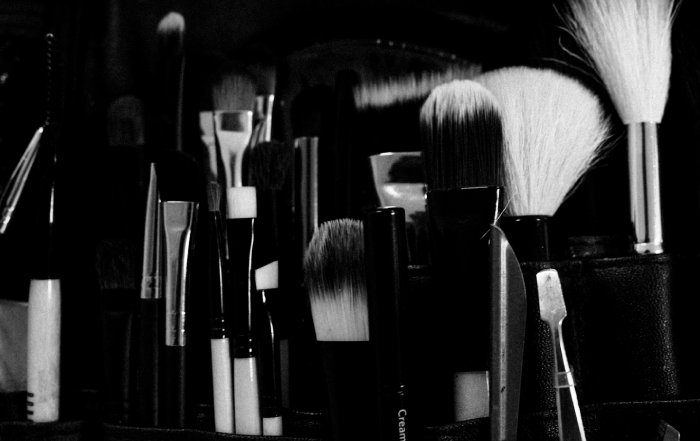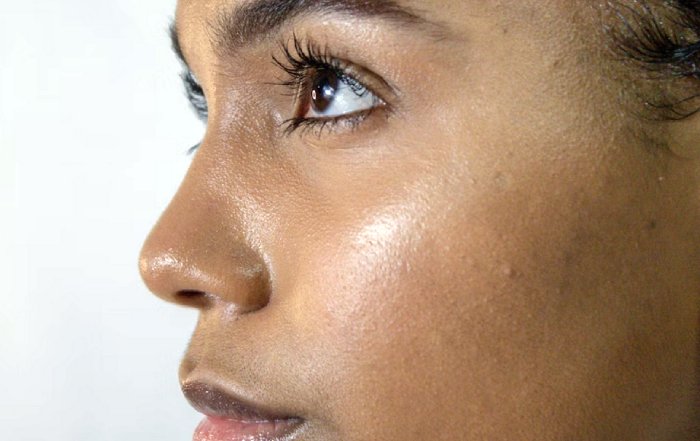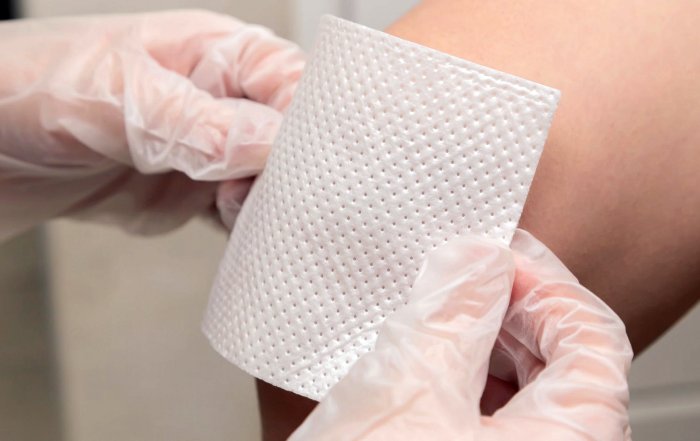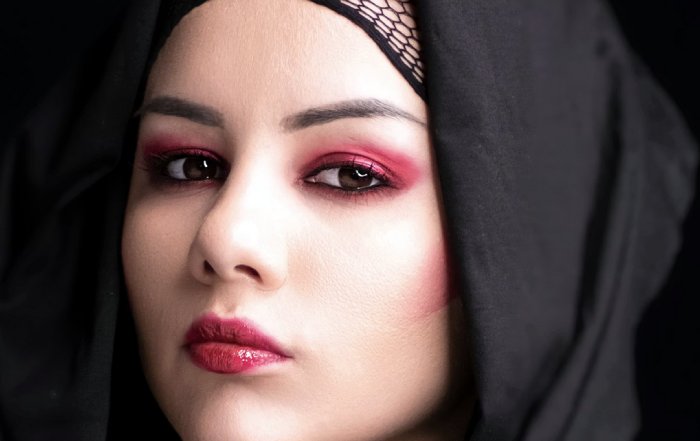Beauty Industry Challenges in a Global Economy
The New Reality of Beauty in 2025
By 2025, the global beauty industry has evolved into one of the most dynamic, digitally driven, and culturally influential sectors of the consumer economy, yet the very forces that have powered its growth now present complex challenges that brands, retailers, professionals, and investors can no longer ignore. As BeautyTipa engages daily with audiences across the United States, Europe, Asia, Africa, South America, and beyond, it is increasingly clear that beauty is no longer a purely aesthetic category; it is an ecosystem that intersects with wellness, technology, finance, employment, and sustainability, and it demands a level of experience, expertise, authoritativeness, and trustworthiness that is higher than ever before.
The global beauty market, which analysts at McKinsey & Company and Euromonitor International have repeatedly characterized as resilient and innovation-driven, continues to expand, but its growth is uneven across regions and segments, and its players face mounting pressure from shifting consumer expectations, regulatory scrutiny, geopolitical risks, and rapid technological change. For platforms such as BeautyTipa, which sit at the intersection of beauty, wellness, technology, and business, understanding these challenges is essential not only for reporting trends but for guiding brands, professionals, and consumers toward informed, responsible decisions.
Changing Consumer Expectations and the Trust Deficit
One of the most significant challenges in the global beauty economy is the growing trust deficit between consumers and brands. In markets such as the United States, United Kingdom, Germany, and South Korea, consumers are more educated, digitally connected, and ingredients-aware than at any point in history, drawing on resources such as the U.S. Food and Drug Administration (FDA), the European Commission's Cosmetic Regulations, and ingredient databases from organizations like the Environmental Working Group. As a result, traditional marketing claims are no longer sufficient; consumers expect evidence-based transparency, clear labeling, and verifiable performance.
This shift is especially visible in skincare and wellness, where audiences turn to platforms like BeautyTipa Skincare and BeautyTipa Wellness for guidance that bridges scientific insight with practical routines. Consumers in Canada, Australia, and the Nordic countries, for example, increasingly scrutinize not only what is in a product but how it is sourced, manufactured, and tested, drawing on reports from institutions such as the World Health Organization (WHO) and the Organisation for Economic Co-operation and Development (OECD) to better understand health and environmental implications. This demand for transparency pushes brands to invest in clinical testing, third-party certifications, and robust digital communication strategies, yet it also exposes them to reputational risk if any inconsistency or greenwashing is detected.
Regulatory Complexity Across Global Markets
Operating in a global economy means navigating a patchwork of regulatory regimes that differ significantly between the United States, Europe, Asia, and emerging markets, and this complexity has become one of the most formidable operational and strategic challenges for beauty companies. The European Union enforces some of the world's strictest cosmetic regulations, with extensive lists of banned or restricted substances and rigorous requirements for safety assessments, labeling, and claims substantiation, while the United States relies on a more fragmented framework under the FDA, with recent updates such as the Modernization of Cosmetics Regulation Act pushing toward stronger oversight.
In Asia, markets such as China, Japan, South Korea, and Singapore maintain their own regulatory standards, which can include requirements related to animal testing, ingredient registration, and product categorization, often differing substantially from Western norms. Companies that wish to sell in China, for instance, must carefully follow guidelines set by the National Medical Products Administration, while also responding to international pressure for cruelty-free practices promoted by organizations like Cruelty Free International. For multinational brands and ambitious indie labels, aligning product development with the requirements of multiple jurisdictions adds cost, time, and legal risk, and it demands specialized regulatory expertise that many smaller companies do not possess.
This complex environment underscores the importance of credible guidance and education, an area where BeautyTipa increasingly positions itself as a trusted resource for both consumers and industry professionals. Through sections such as BeautyTipa Business and Finance and BeautyTipa International, the platform can help decode how regulatory shifts affect product availability, pricing, innovation pipelines, and cross-border expansion strategies.
Sustainability, Climate Pressure, and Ethical Sourcing
Sustainability has moved from a niche concern to a core strategic imperative, yet the path to genuinely sustainable beauty remains fraught with operational and reputational challenges. Consumers in Europe, North America, and increasingly in Asia and Latin America now expect brands to address environmental impact across the entire value chain, from raw material sourcing and packaging to logistics and end-of-life disposal, drawing on insights from organizations such as the United Nations Environment Programme, the Ellen MacArthur Foundation, and the World Economic Forum. However, implementing circular packaging, low-carbon manufacturing, and traceable supply chains requires significant investment and coordination, especially for brands operating across regions with differing infrastructure and policy support.
The surge in demand for natural and organic ingredients has also intensified pressure on ecosystems and local communities, particularly in countries such as Brazil, Madagascar, and regions in Africa and Southeast Asia where botanical ingredients are sourced. Ethical sourcing frameworks promoted by initiatives like the Rainforest Alliance and Fairtrade International encourage fair compensation and biodiversity protection, yet not all suppliers or brands adhere to these standards, and consumers often struggle to distinguish between robust certifications and superficial marketing. This challenge is compounded by the rise of "clean beauty," a term that lacks universal definition and is interpreted differently across markets, leading to confusion and skepticism.
For a platform dedicated to thoughtful beauty coverage, BeautyTipa can play a critical role in helping readers learn more about sustainable business practices and in connecting them with practical, actionable advice through resources such as BeautyTipa Guides and Tips. By highlighting credible standards, showcasing brands that prioritize long-term environmental and social responsibility, and explaining the trade-offs behind ingredient choices and packaging formats, the platform supports a more informed, sustainability-aware consumer base.
Digital Transformation and the Power of Platforms
The digital transformation of beauty, accelerated by social media, e-commerce, and mobile technology, has opened unprecedented opportunities for consumer engagement and global reach, yet it has also created new vulnerabilities. Platforms such as TikTok, Instagram, and YouTube have turned beauty into a real-time, creator-driven conversation in which trends can emerge and dissipate within days, and where micro-influencers in Spain, Italy, South Korea, or Brazil can shape purchasing decisions as powerfully as traditional advertising campaigns. At the same time, large marketplaces like Amazon, Sephora, and Alibaba's Tmall have reshaped retail distribution, intensifying price competition and challenging the ability of brands to maintain pricing power and channel control.
This environment demands sophisticated digital marketing, data analytics, and content strategies, which can be especially challenging for small and medium-sized brands that lack the resources of multinational players such as L'Oréal, Estée Lauder Companies, or Shiseido. It also raises concerns about misinformation, as unverified skincare hacks or wellness claims can spread rapidly, sometimes contradicting established science from institutions like the Mayo Clinic or Harvard Health Publishing. For consumers, distinguishing between credible expertise and viral hype becomes increasingly difficult, and this is where curated platforms like BeautyTipa Beauty and BeautyTipa Technology Beauty can provide an essential filter, highlighting evidence-based insights, responsible creators, and brands that prioritize integrity over short-term virality.
The Rise of Tech-Driven Beauty and Data Ethics
Beyond marketing and retail, technology is transforming product development, personalization, and diagnostics, yet it brings with it a host of ethical and operational challenges. Artificial intelligence-powered skin analysis tools, virtual try-on applications, and personalized formulation engines are becoming increasingly common, with companies such as L'Oréal, Procter & Gamble, and Perfect Corp investing heavily in AI, computer vision, and augmented reality. These tools promise a more tailored consumer experience and can reduce product returns and waste, but they also raise questions about data privacy, algorithmic bias, and digital exclusion.
Regulators in the European Union, through frameworks such as the General Data Protection Regulation (GDPR) and emerging AI regulations, are scrutinizing how companies collect, store, and use biometric and behavioral data, while authorities in countries such as the United States, Canada, and Singapore are moving toward more robust data protection regimes. Beauty companies that leverage AI and data-driven personalization must therefore ensure compliance, transparency, and fairness, especially when serving diverse populations across regions like Africa, Asia, and South America where data rights and digital literacy may vary.
For a global audience that is curious about innovation but increasingly cautious about privacy, BeautyTipa can serve as an interpreter of these developments, explaining how AI-powered tools work, what consumers should know before sharing personal information, and how to evaluate the credibility of tech-driven claims. Through sections such as BeautyTipa Technology Beauty and BeautyTipa Trends, the platform can connect readers with responsible innovation narratives and help them navigate the emerging intersection of beauty, data, and ethics.
Economic Pressures, Inflation, and Shifting Spending Patterns
The global economy in 2025 continues to be shaped by inflationary pressures, currency volatility, and uneven post-pandemic recovery, and these macroeconomic dynamics directly affect how consumers allocate their beauty and wellness budgets. Reports from institutions such as the International Monetary Fund (IMF) and the World Bank indicate that while overall consumer spending has recovered in many advanced economies, middle-income households in the United States, United Kingdom, and parts of Europe face higher living costs that force trade-offs between discretionary categories. Beauty, which has historically demonstrated a "lipstick effect" resilience during downturns, still benefits from its role as an accessible form of self-care, but the balance between premium and mass segments is shifting.
In markets such as Germany, France, and the Netherlands, consumers increasingly look for value-driven, multifunctional products that deliver both cosmetic and wellness benefits, while in emerging markets across Asia, Africa, and South America, the growth of the middle class continues to drive demand for aspirational brands, albeit with heightened price sensitivity. This creates challenges for companies that must manage cost structures impacted by raw material price fluctuations, logistics disruptions, and wage pressures, while also meeting consumer expectations for innovation and sustainability.
For entrepreneurs, investors, and professionals following the business side of beauty, resources such as BeautyTipa Business and Finance and analytical publications from Deloitte or KPMG provide valuable context on how macroeconomic trends influence category growth, brand valuations, and merger and acquisition activity. The ability to interpret these shifts and adapt portfolio strategies accordingly is increasingly seen as a marker of expertise and long-term viability in the global beauty landscape.
Talent, Skills, and the Future of Beauty Employment
The beauty industry's workforce is undergoing a profound transformation, as digitalization, automation, and new business models reshape roles across retail, salons, manufacturing, R&D, and corporate functions. Traditional beauty advisors and makeup artists in brick-and-mortar stores now often need skills in digital clienteling, live streaming, and social commerce, while product development teams must collaborate with data scientists, software engineers, and sustainability experts to bring next-generation formulations and experiences to market. At the same time, independent creators, freelancers, and small business owners-from estheticians in New York and London to makeup artists in Johannesburg and São Paulo-are navigating new forms of gig work and entrepreneurial opportunity, supported by platforms like Shopify, Etsy, and regional marketplaces.
However, this transformation also exposes gaps in training, career development, and labor protections, particularly in regions where vocational education and professional certification are uneven. Organizations such as the International Labour Organization (ILO) and national industry associations have begun to highlight the need for upskilling and inclusive employment policies in sectors heavily populated by women and migrant workers, including beauty and personal care. For individuals seeking to build or pivot careers in this evolving landscape, understanding both the creative and business dimensions of beauty is essential.
Here, BeautyTipa can offer unique value by connecting readers to resources on beauty jobs and employment, sharing insights into emerging roles in digital marketing, clean formulation science, sustainability management, and tech-enabled services, and showcasing success stories from diverse markets such as South Korea, Japan, South Africa, and Brazil. By highlighting the skills and mindsets that will define future-ready beauty professionals, the platform reinforces its commitment to expertise and long-term industry development.
Cultural Diversity, Inclusivity, and Local Relevance
In a global economy, the beauty industry must reconcile the tension between global brand consistency and local cultural relevance. Consumers in the United States and United Kingdom have driven strong demand for inclusive shade ranges, textured haircare, and gender-fluid beauty, yet their expectations and experiences differ from those in markets such as China, India, the Middle East, or Scandinavia, where cultural norms, beauty ideals, and regulatory environments shape distinct preferences. Research from organizations like NielsenIQ and Mintel underscores that brands which authentically engage with local communities, respect cultural nuances, and reflect real diversity in product development and storytelling tend to build stronger loyalty and long-term growth.
Nevertheless, achieving genuine inclusivity is challenging in practice. It requires investment in localized R&D, diverse leadership teams, and strategic partnerships with local experts and creators, rather than superficial marketing campaigns. Missteps, such as culturally insensitive advertising or tokenistic representation, can quickly lead to backlash amplified by global social media, damaging brand reputations across multiple markets at once. At the same time, independent and niche brands rooted in specific cultures-from K-beauty innovators in South Korea to Ayurvedic brands in India and clean Nordic labels in Sweden, Norway, and Finland-are gaining global visibility, challenging multinational corporations to rethink their approach to innovation and storytelling.
By curating content that reflects this diversity and by spotlighting trends emerging from regions as varied as Japan, Thailand, South Africa, and Brazil, BeautyTipa reinforces its international perspective. Sections such as BeautyTipa Trends, BeautyTipa Makeup, and BeautyTipa Fashion can help readers understand how global and local influences intersect, and how to navigate product choices and routines that respect both individual identity and cultural context.
Wellness Convergence and the Science of Holistic Beauty
Another structural challenge for the beauty industry in a global economy is the blurring of boundaries between beauty, wellness, health, fitness, and nutrition. Consumers increasingly view skin, hair, and body care as part of a holistic approach to well-being, influenced by research from institutions like the National Institutes of Health (NIH) and Harvard T.H. Chan School of Public Health, which highlight the connections between lifestyle, diet, stress, sleep, and visible signs of aging or skin conditions. This convergence has fueled growth in categories such as ingestible beauty supplements, functional beverages, and hybrid skincare-makeup products that promise both immediate cosmetic benefits and long-term skin health.
However, it also raises complex regulatory and scientific questions, as products straddle the line between cosmetics, dietary supplements, and over-the-counter medications, each governed by different rules in markets such as the United States, European Union, and Asia. Brands must carefully substantiate health-related claims and ensure that formulations are supported by credible research, while consumers need reliable information to differentiate between evidence-based innovation and overhyped promises. For audiences seeking to integrate beauty with broader lifestyle changes, resources like BeautyTipa Health and Fitness and BeautyTipa Food and Nutrition can provide a bridge between scientific insight and practical, everyday choices.
Events, Education, and Community in a Hybrid World
Industry events, trade shows, and educational conferences remain critical for networking, trend discovery, and professional development, yet they too have been reshaped by global uncertainty, travel disruptions, and the rise of digital alternatives. Major events such as Cosmoprof Worldwide Bologna, In-Cosmetics Global, and regional trade fairs in Asia, North America, and the Middle East have adopted hybrid models that combine in-person experiences with virtual content, expanding access but also intensifying competition for attention. For smaller brands and professionals from regions like Africa, Southeast Asia, or South America, digital participation can lower barriers to entry, yet it may also limit the serendipitous connections and tactile experiences that physical events provide.
In this context, platforms like BeautyTipa can complement traditional events by offering year-round coverage of innovations, product launches, and expert insights through sections such as BeautyTipa Events and BeautyTipa Brands and Products. By curating highlights from global shows, interviewing thought leaders, and translating technical developments into accessible narratives, the platform helps its audience stay informed and connected, regardless of geographic location or travel constraints.
Navigating the Next Phase: The Role of Trusted Platforms
As the beauty industry confronts the intertwined challenges of regulatory complexity, sustainability, digital transformation, economic uncertainty, workforce evolution, cultural diversity, and wellness convergence, the need for trustworthy, expert-driven information has never been greater. Brands, professionals, and consumers alike must make decisions that balance innovation with responsibility, aspiration with realism, and local nuance with global opportunity, all while contending with an information environment that is fragmented and often polarized.
In this landscape, BeautyTipa is uniquely positioned to serve as a bridge between stakeholders, combining global perspective with a deep understanding of the interconnected domains that shape beauty today: from daily routines and product discovery to business strategy, technology, and international regulation. By prioritizing experience, expertise, authoritativeness, and trustworthiness in its coverage and by maintaining a clear commitment to transparency and balanced analysis, the platform can help its worldwide audience navigate the beauty industry's most pressing challenges in a global economy, and in doing so, contribute to a more informed, resilient, and responsible future for beauty.








